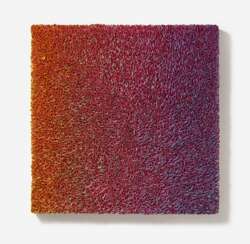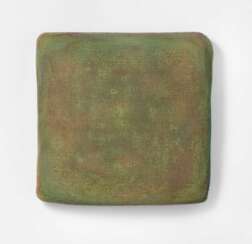
Contemporary Sculptures — A500_3: Modern, Post War & Contemporary
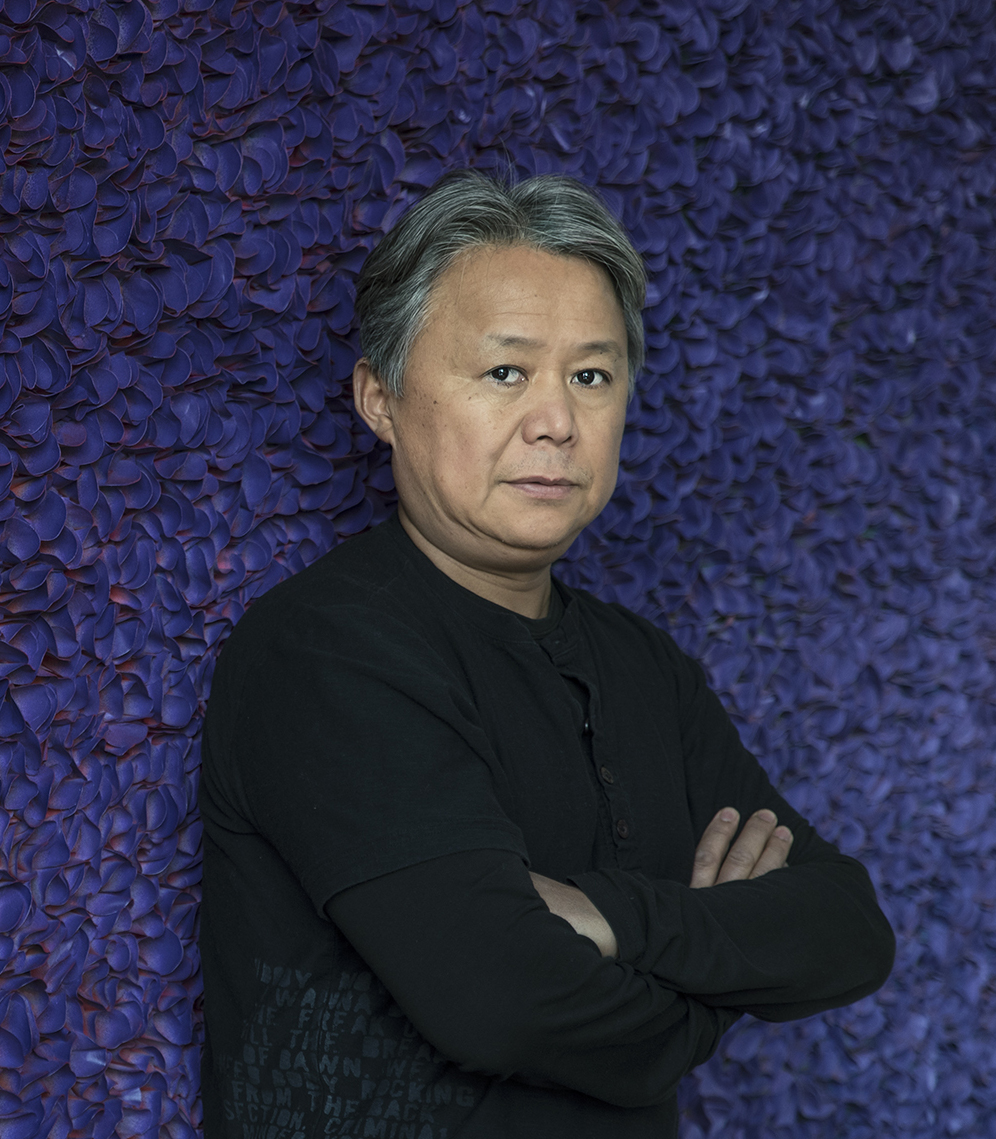
Zhuang Hong Yi is one of China's most famous artists.
He currently lives and works in a studio in China and a residence in Switzerland. Zhuang received his first education at the Sichuan College of Fine Arts in China and moved to the Netherlands in 1992, where he continued his studies at the Minerva Academy in Groningen.
He received a powerful boost of inspiration when he saw the famous tulip fields among the picturesque Dutch landscapes. The powerful blossom of nature has been the main subject of Zhuang Hong Yi's creations ever since. His works are characterized by bold color schemes and intricate, repetitive floral motifs.
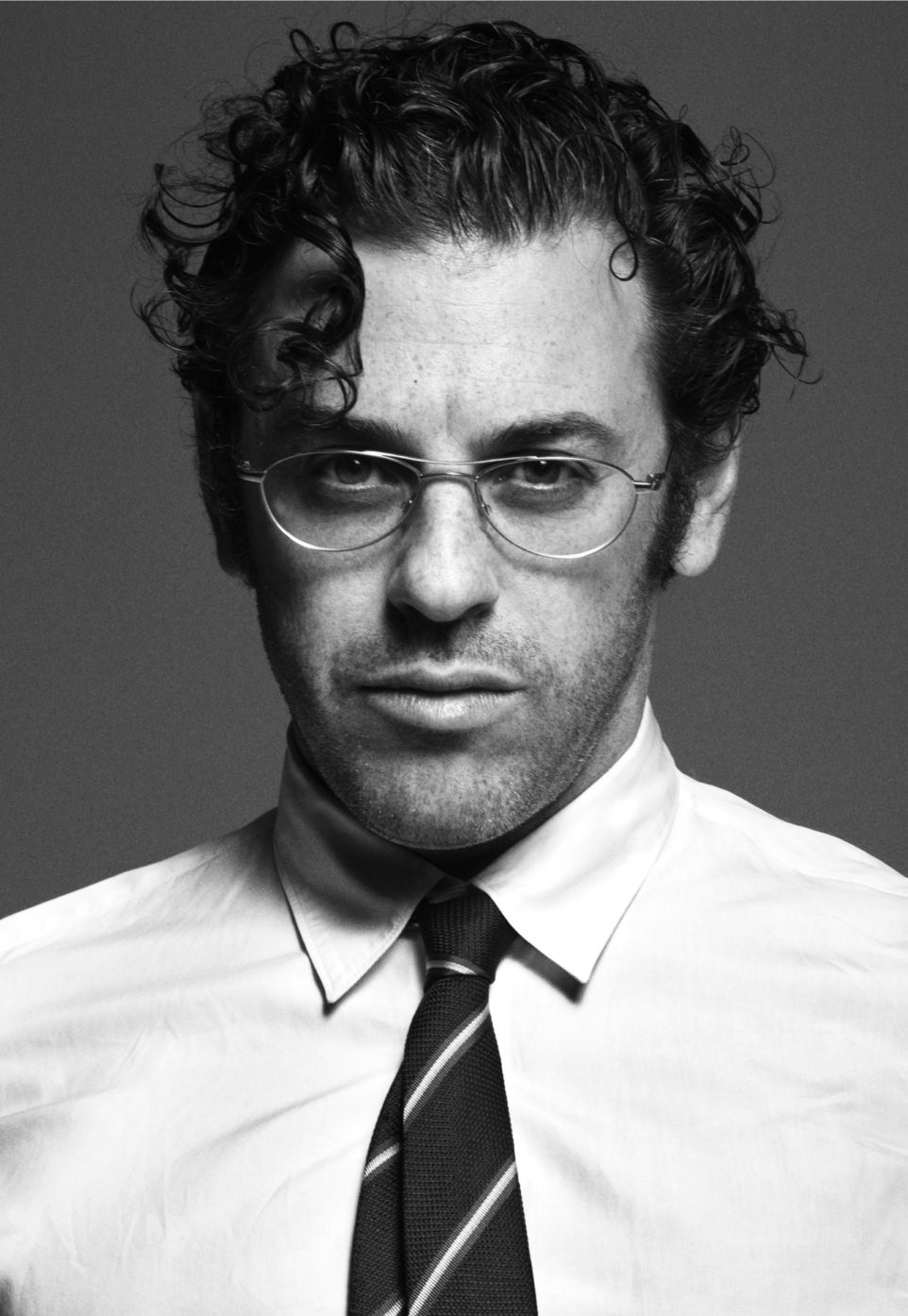
Tom Sachs is an American artist and sculptor.
He is known for installations of consumer products and has collaborated with Nike and McDonald's. Sachs also works on the development of his own Space Program and has created many space-related sculptures.

George Widener is a self-taught artist who employs his mathematical/calculating capability to create art ranging from complex calendars and numerical palindromes to Rembrandt-like antiquarian landscapes to Asian scrolls.
Widener's work can be found in many private and public Outsider Art collections, including the Bruno Decharme ABCD Collection in Paris, The American Folk Art Museum, The Art Collection of the UC Davis M.I.N.D. Institute, and The Collection de l’Art Brut.
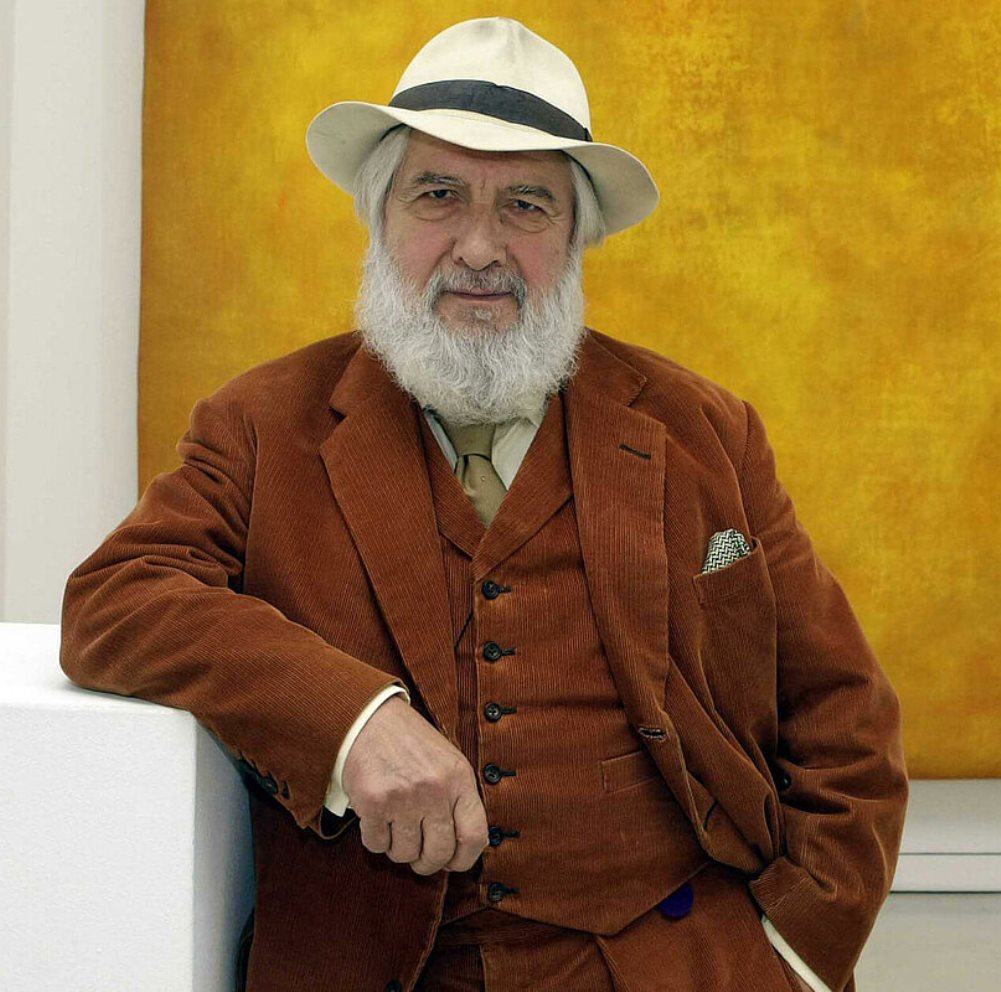
Gotthard Graubner was a German abstract painter associated with the post-war Zero and Informel movements. Graubner's work is known for its focus on color and its relationship to space and perception.
Graubner studied at the Kunstakademie Düsseldorf under the painter Georg Meistermann. In the 1950s, he became associated with the Zero group, a movement of artists who sought to create a new art form that was free of traditional artistic conventions and focused on the use of unconventional materials.
In the 1960s, Graubner began creating his signature "color-space bodies," large canvases that were mounted away from the wall and filled with thick layers of pigment. These works were designed to be experienced as three-dimensional objects that were both paintings and sculptures, and they often created a sense of depth and spatial ambiguity.
Graubner's work was exhibited widely in Europe and the United States, and he was the recipient of numerous awards and honors throughout his career. He also taught at several art schools, including the Kunstakademie Düsseldorf and the Städelschule in Frankfurt.
Graubner's innovative approach to painting and his exploration of the relationship between color, space, and perception continue to be an important influence on contemporary art.
